Reta Wars - The Birth of a New Strategy P2E Game

The great success that the Play-to-Earn (P2E) games recorded in 2021 promises to continue in 2022. Reta Wars is one of the latest projects to enter this sector, with ambitious goals.
Our review will cover the different central aspects of Reta Wars. We will start by acknowledging the current limits of the P2E sector to understand the solution proposed by this project.
After that, it will be imperative to address the issue of tokenomics behind the initiative. We will dedicate a few final words to the project roadmap, trying to understand the future developments of Reta Wars.
About Reta Wars
Reta Wars team believes that the current P2E market niche has several unresolved issues. According to them, the sector frequently sees the quick rise and fall of new promising projects. In other words, some projects suffer from unsustainable growth.
The Reta Wars ecosystem (a.k.a. the “Retaverse”) has the target of living in the long-term with a sustainable business model. The following subsections will let us deep into the main pillars of the initiative.
A Game-Fi Dimension
Reta Wars aims to combine all the typical elements of the Game-fi sector. The main idea is to bring a strategy game to the market, where the players' choices are at the system's core.
This decision contrasts with a part of the P2E game niche, where many projects focus on the action-based model. The in-game reward mechanism incentives players to choose long-term strategies.
The In-Game Growth Strategy
Each hero in the system corresponds to a non-fungible token (NFT). This is a prevalent choice in the P2E sector, as it certifies the uniqueness of each hero in the game.
Each user can level up heroes and change their equipment to improve several skills that are useful to succeed in the game. Specifically, higher leveled characters will bring enhanced resource productivity to the system.
As one may guess, following our reasoning, players with high-level characters may get better reward yields in the game.
Source: retawars.com
The Territory
All players entering the universe of Reta Wars receive their realm, called “territory.” It is up to the players to choose how to best deploy heroes around the region.
The territory is a space that contains the game's core facilities, such as production facilities and barracks. Due to its importance, it is right from the territory that the war strategy begins.
The abundance of supplies and battle power are the two most critical requirements for winning the Reta War. Specifically, you'll need a lot of resources to provide your friends with supplies and send heroes to the battlefield.
Commanders can profit from the resources they create by selling them on the market. You may want to reinvest some of them to increase their productivity.
Starting a war in the game provides the fastest way to increase production. A favorable outcome in the war game can provide you with a larger payout.
Gather resources to improve your structures. Commanders will be able to deploy more heroes and stockpile a more significant amount of resources if you level up a building.
The game’s logic is pretty straightforward: the higher your productivity, the higher your resource collection, and the higher the profits. Commanders can benefit from this reinvestment by earning higher returns.
The Resources
The in-game resources consist of the following:
Wood: Build better houses and weaponry using wood. Your group may also benefit from wood donations during the war.- Ore: You will need ore to level up buildings and produce weapons. Ore is another resource you can donate during the war.
- Food: Long-term conflict and work can wear down heroes' HP and stats. Feed your hero by using the food farms produce to heal him.
- Morale: Morale represents an essential strategic resource in Reta War, affecting your allies' battle power. Heroes in the barracks learn how to raise morale.
- Military Secret: All heroes in secret bases can produce secrets and strategic resources. This feature lets you limit your opponent's resource gathering before a battle or know your opponent's faction formation.
Factions
The game revolves around two factions: Gaia and Nate. You must choose one of them, whose names come from two god-serving forces.
If you want to win the war, you will have to donate to your faction's forces. If your group gives more resources than your opponent, the combat will almost certainly favor you.
Donating the resources will decide the size of your faction's army. The larger the payoff for the war's outcome, the more resources you invest. The successful group receives more $GRT, following an allocation based on the commanders’ contribution.
In Reta Wars, players have to vote for the welfare of their faction. In other words, we can see the game system as a challenge between two large DAOs. The team hopes that this new approach will become the next big paradigm in the gaming sector.
The Battles
Once you set up your profile, you will need to choose the goddess you want to side with (Gaia or Nate).
Source: retawars.com
It's up to you to vote on your army deployment on the battlefield. The opponent has no means of knowing which one you chose.
You will see that this vote works in two ways:
- Deploy, which defines where the deployment of the allies' main forces will happen
- Formation, which determines the composition and disposition of the troops.
When the conflict breaks out, the computer simulates a large-scale fight. The algorithm considers the combat power and supplies of the heroes deployed by the gamers.
At this point, the platform reveals the name of the winning side. Depending on the daily Reta War outcome, you can begin the invasion and occupation.
On the square-based map of the game, the winning faction occupies two land squares. If you lose the battle, you will be able to occupy only one square.
The Tokens of the Ecosystem
The team has designed the tokenomics of the game in a dual system. The following sections provide the readers with more details on the matter.
$RETA
The team will introduce $RETA as a governance token in the Retaverse. The coin runs on Binance Smart Chain (BSC), and it has the following utility:
- Players can spend $RETA as currency and pay fees on the NFT Marketplace of the game
- Furthermore, gamers can spend $RETA to buy random NFT Islands and NFT Heroes while playing
- The system allows the use of a staking strategy to obtain a part of the generated fees as a passive income
In general terms, the team expects to list $RETA on a centralized exchange in the foreseeable future.
$GRT
The project will introduce a second token ($GRT, or Goldrose Token) running on the BSC system. We can summarize the utility of the coin by saying that:
- The system will use $GRT to pay rewards following battles in Reta Wars
- Each player will be able to level up a hero or create new weapons and skins by spending $GRT
The team expects to launch the token on decentralized exchanges.
The P2E Model of Reta Wars
The team wishes to avoid putting its tokens under high inflationary pressure. The game will require at least a small investment to earn P2E returns in this context. On top of that, Reta Wars founders promise that the game will attribute rewards on an investment-based mechanism.
Furthermore, the game will have a deflationary force given by the popular coin-burn system. Specifically, all the $GRT that a player will spend to level up a hero will go to a burn wallet. Similarly, the produced resources will follow the same destiny on a daily basis.
The team is also working toward the realization of an in-game profit redistribution, working as follows:
- 50% of the $RETA that each gamer will spend to buy NFTs will go to the Reward Pool. At this point, the players will receive the amount as a P2E reward
- each trade on the NFT Marketplace will see the application of a 10% tax, with half of the fee going to the Reward Pool
- after earning special ranking rewards, the system will apply an additional 5% tax that will go to the Dividend Pool and, consequently, to players using the staking technique
- finally, another 5% fee will transfer $RETA to the holders of NFT islands (2.5%) and stakers (2.5%) when a resource is harvested from a production facility.
By merging all the details we provided, it appears clear that the team aims to build a circular ecosystem.
Pre-sale Whitelist Airdrop
The team will launch an airdrop event that requires completing a whitelisting process in two weeks. The system will trigger the following airdrops:
Top 1 Winner: 2 Random NFTs + whitelist sale ticket- Top 10~2 Winners: 1 Random NFT + whitelist sale tickets
- Top 40~11 Winners: whitelist sale tickets
- The system will allocate 40 random-based whitelist sale tickets
The whitelist sale tickets will enable users to access a lower price at the second project’s pre-sale phase.
Roadmap
The team has shared with the public a project roadmap. By looking at it, we can get a better idea of the timeframe and targets of Reta Wars.
Q4 2021
The preliminary phase brought the project to kick-off, moving from its general idea to the first application. The project's website is live, and the first NFT pre-sale operation is over.
Q1 2022
The current phase is seeing the launch of several marketing campaigns on the project. Furthermore, by the end of Q1, we should see the arrival of the NFT Marketplace previously mentioned.
Q2 2022
The second quarter of the year will be the moment when “Reta War 1.0” will enter the market. Shortly after, the market will see the first simulation demo video of “Reta War 2.0”, and $RETA staking will be available.
Q3 2022
“Reta War 2.0” will go live by the end of Q3, and the team will launch blueprint and weapon equipment NFTs.
Q4 2022
Finally, gamers will be able to produce their skins and customize them as they prefer. It will also be possible to exchange user-custom skins on the in-game marketplace.
Final Thoughts About the Project
Reta Wars enters the market with a long-term orientation. The team explained that the market analysis of the sector provided interesting pieces of evidence on current P2E limits. Among these, the tendency to overgrow in the short term and collapse is undoubtedly a significant problem.
Reta Wars introduces a circular ecosystem revolving around two tokens to avoid falling into this trap. While only the market will judge the value of the team’s proposal, we will keep an eye on the initiative in the future.




